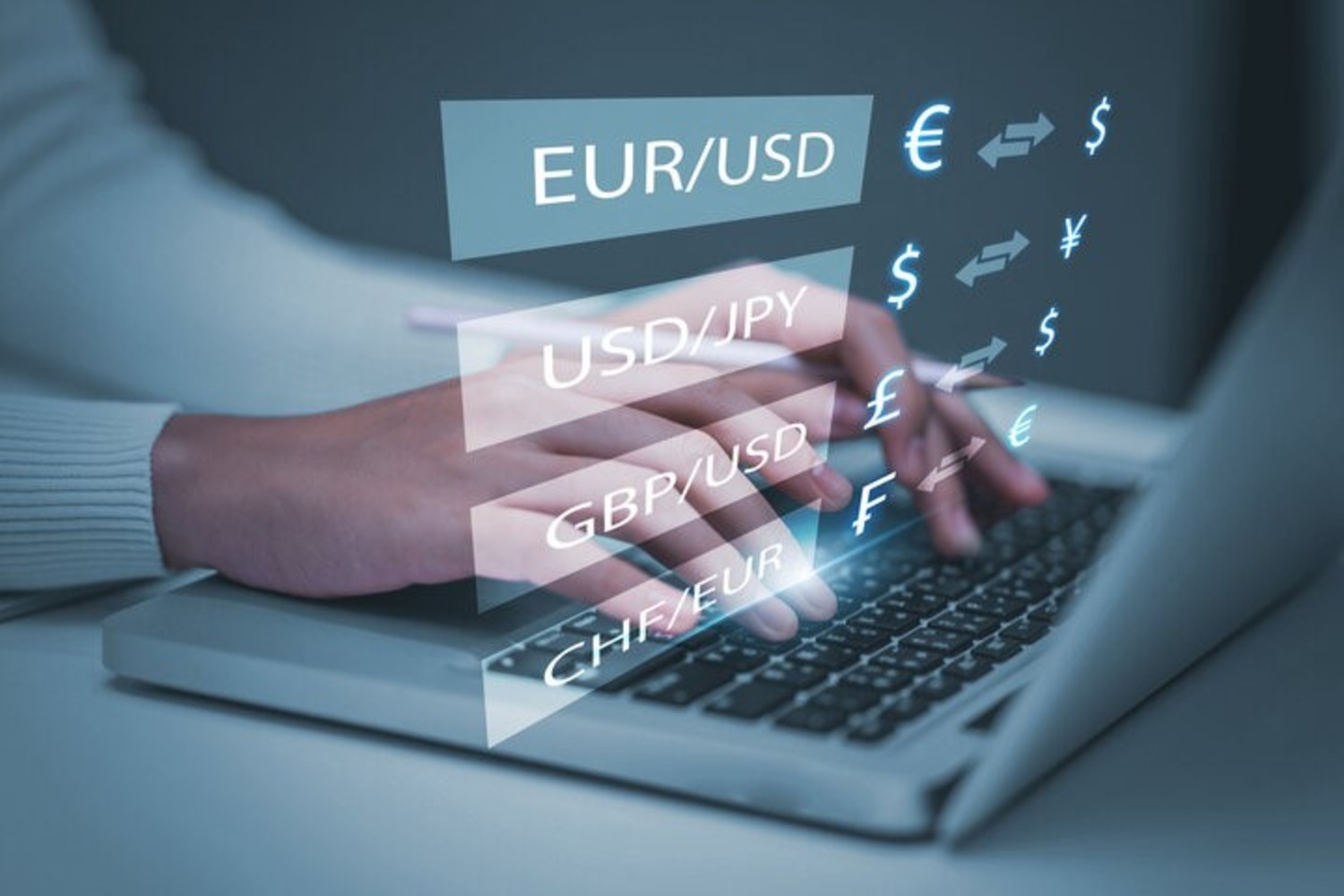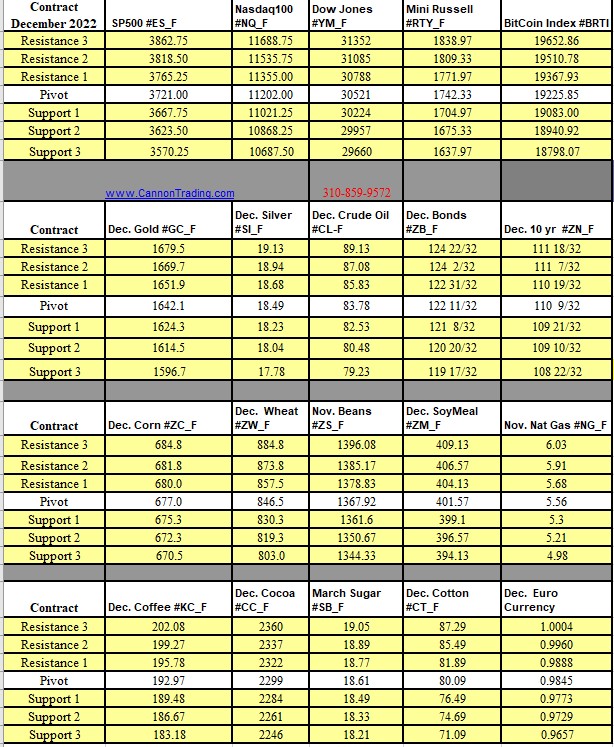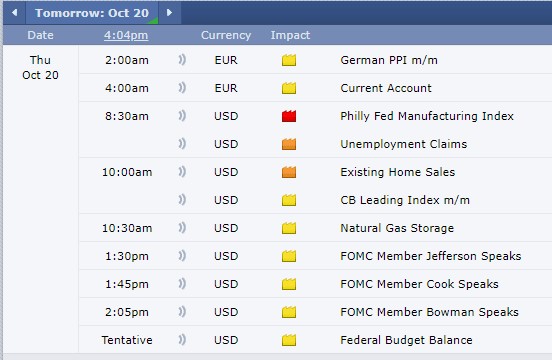
Trading futures options is a sophisticated strategy used by investors and traders to manage risk, speculate on price movements, and enhance their trading portfolios. Futures options are financial derivatives that provide the right, but not the obligation, to buy or sell a futures contract at a predetermined price before the option expires. Understanding the nuances of trading futures options, including various strategies such as selling options, buying options, and employing complex spreads, is crucial for maximizing potential returns and managing risks effectively. This comprehensive guide delves into the techniques and strategies associated with futures options trading, contrasts options with futures, and offers insights on choosing the right brokers.
Basics of Futures Options
Before diving into trading strategies, it’s essential to understand the fundamental concepts of futures options.
- Futures Contract: A futures contract is an agreement to buy or sell an underlying asset (such as commodities, currencies, or financial instruments) at a predetermined price on a specified future date. Futures are standardized and traded on futures exchanges.
- Options on Futures: These are financial contracts that give the holder the right to buy or sell a futures contract at a specified strike price before the option expires. Futures options come in two types: call options and put options. Option expiration can be one of two types: American style or European style. American Style: can exercise or be assigned at any time during the life of the Option. European style: Can only be exercised or assigned on expiration day.
- Call Options: A call option on a futures contract gives the holder the right to buy the underlying futures contract at a specified strike price before the option expires.
- Put Options: A put option on a futures contract gives the holder the right to sell the underlying futures contract at a specified strike price before the option expires.
Techniques for Trading Futures Options
- Buying Futures Options
- Buying Call Options: Investors buy call options when they anticipate that the price of the underlying futures contract will rise. If the futures price increases above the strike price, the call option gains value. This strategy is commonly used for bullish market sentiment.
- Buying Put Options: Buying put options is suitable when an investor expects the price of the underlying futures contract to decline. If the futures price falls below the strike price, the put option becomes more valuable. This strategy is used in bearish market conditions.
- Advantages: Buying options offers limited risk (the premium paid for the option) and unlimited profit potential. It allows traders to speculate on market movements without needing to take a large position in the underlying futures contract.
- Risks: The primary risk is the premium paid for the option, which is a sunk cost if the option expires worthless. Additionally, options are subject to time decay, which erodes their value as expiration approaches.
- Selling Futures Options
- Selling Call Options: Also known as writing call options, this strategy involves selling call options with the expectation that the price of the underlying futures contract will not exceed the strike price. The seller collects the premium but faces the risk of having to sell the futures contract at the strike price if the market moves against them.
- Selling Put Options: Selling put options involves writing puts with the expectation that the price of the underlying futures contract will stay above the strike price. The seller collects the premium but risks having to buy the futures contract at the strike price if the market declines.
- Advantages: Selling options can generate income through premiums received. It is often used to hedge positions or in conjunction with other strategies to manage risk.
- Risks: The risk of selling options is potentially unlimited, especially when selling naked options (options not covered by a corresponding position in the underlying futures contract). The seller could face significant losses if the market moves against their position.
- Spreads in Futures Options Trading
- Credit Spreads: A credit spread involves buying and selling options simultaneously to create a net credit (income). Common credit spreads include:
- Bull Call Spread: Involves buying a call option at a lower strike price and selling another call option at a higher strike price. This strategy profits from a moderate rise in the futures contract price.
- Bear Put Spread: Involves buying a put option at a higher strike price and selling another put option at a lower strike price. This strategy benefits from a moderate decline in the futures contract price.
- Debit Spreads: A debit spread involves buying and selling options simultaneously to create a net debit (cost). Common debit spreads include:
- Butterfly Spread: A butterfly spread involves buying one option at a lower strike price, selling two options at a middle strike price, and buying one option at a higher strike price. This strategy profits from minimal price movement in the underlying futures contract.
- Iron Condor: An iron condor involves selling an out-of-the-money call and put option while buying a further out-of-the-money call and put option. This strategy profits from low volatility in the underlying futures contract.
- Advantages and Risks of Spreads: Spreads can limit both potential gains and losses, making them a suitable choice for traders who prefer defined risk. They are often used to take advantage of specific market conditions or to hedge existing positions.
- Credit Spreads: A credit spread involves buying and selling options simultaneously to create a net credit (income). Common credit spreads include:
- Advanced Strategies
- Straddles: A straddle involves buying both a call and a put option at the same strike price and expiration date. This strategy profits from significant price movement in either direction.
- Strangles: A strangle involves buying a call and a put option with different strike prices but the same expiration date. This strategy is similar to a straddle but requires a larger price movement to be profitable.
- Calendar Spreads: A calendar spread involves buying and selling options with the same strike price but different expiration dates. This strategy profits from changes in volatility and time decay.
- Ratio Spreads: A ratio spread involves buying and selling options in different ratios. For example, buying one call option and selling two call options at a higher strike price. This strategy can profit from specific market conditions but may have limited risk.
Options vs. Futures
Understanding the differences between options and futures is crucial for making informed trading decisions:
- Nature of Contracts: Futures contracts are agreements to buy or sell an underlying asset at a specified price on a future date, obligating the buyer and seller to fulfill the contract. Options, on the other hand, provide the right but not the obligation to buy or sell a futures contract at a predetermined price.
- Leverage: Both futures and options offer leverage, but the nature of leverage differs. Futures contracts require a margin deposit, while options involve paying a premium. The leverage in options trading is typically lower due to the cost of the premium.
- Risk and Reward: Futures contracts carry unlimited risk and reward potential because they obligate the parties to transact at the contract price. Options have limited risk (the premium paid) but offer potentially unlimited reward. However, options are subject to time decay, which can erode their value.
- Flexibility: Options provide more flexibility compared to futures. Traders can use various strategies to benefit from different market conditions, such as straddles, strangles, and spreads. Futures contracts are more straightforward but offer less flexibility in managing risk.
Choosing the Right Futures Options Broker
Selecting the right broker is essential for successful futures options trading. Key factors to consider include:
- Regulation and Reliability: Choose a broker that is regulated by a reputable authority, such as the Commodity Futures Trading Commission (CFTC) in the United States. A regulated broker ensures compliance with industry standards and provides protection for investors.
- Trading Platform: The broker’s trading platform should be user-friendly, reliable, and equipped with advanced charting tools and analytical features. A robust platform enhances the trading experience and allows for efficient execution of trades.
- Fees and Commissions: Compare the fees and commissions charged by different brokers. Lower fees can significantly impact profitability, especially for frequent traders.
- Customer Support: Good customer support is crucial for addressing any issues or inquiries that may arise. Ensure the broker provides timely and effective support.
- Education and Resources: Look for brokers that offer educational resources, such as webinars, tutorials, and market analysis. These resources can help traders enhance their skills and stay informed about market trends.
Trading futures options offers a versatile toolkit for managing risk, speculating on price movements, and enhancing trading strategies. By understanding the various techniques, such as buying and selling options, employing spreads, and utilizing advanced strategies, traders can navigate the complexities of the futures options market effectively. Additionally, distinguishing between options and futures helps traders make informed decisions based on their risk tolerance and market outlook. Selecting the right broker is also crucial for ensuring a smooth trading experience and achieving trading goals. As with any trading strategy, thorough research, risk management, and continuous learning are essential for success in trading futures options.
To open an account with E-Futures.com, please click here.
Ready to start trading futures? Call US 1(800)454-9572 – Int’l (310)859-9572 email info@cannontrading.com and speak to one of our experienced, Series-3 licensed futures brokers and start your futures trading journey with E-Futures.com today.
Disclaimer – Trading Futures, Options on Futures, and retail off-exchange foreign currency transactions involves substantial risk of loss and is not suitable for all investors. Past performance is not indicative of future results. You should carefully consider whether trading is suitable for you in light of your circumstances, knowledge, and financial resources. You may lose all or more of your initial investment. Opinions, market data, and recommendations are subject to change at any time.
Important: Trading commodity futures and options involves a substantial risk of loss. The recommendations contained in this writing are of opinion only and do not guarantee any profits. This writing is for educational purposes. Past performances are not necessarily indicative of future results.
**This article has been generated with the help of AI Technology. It has been modified from the original draft for accuracy and compliance.
***@cannontrading on all socials.










